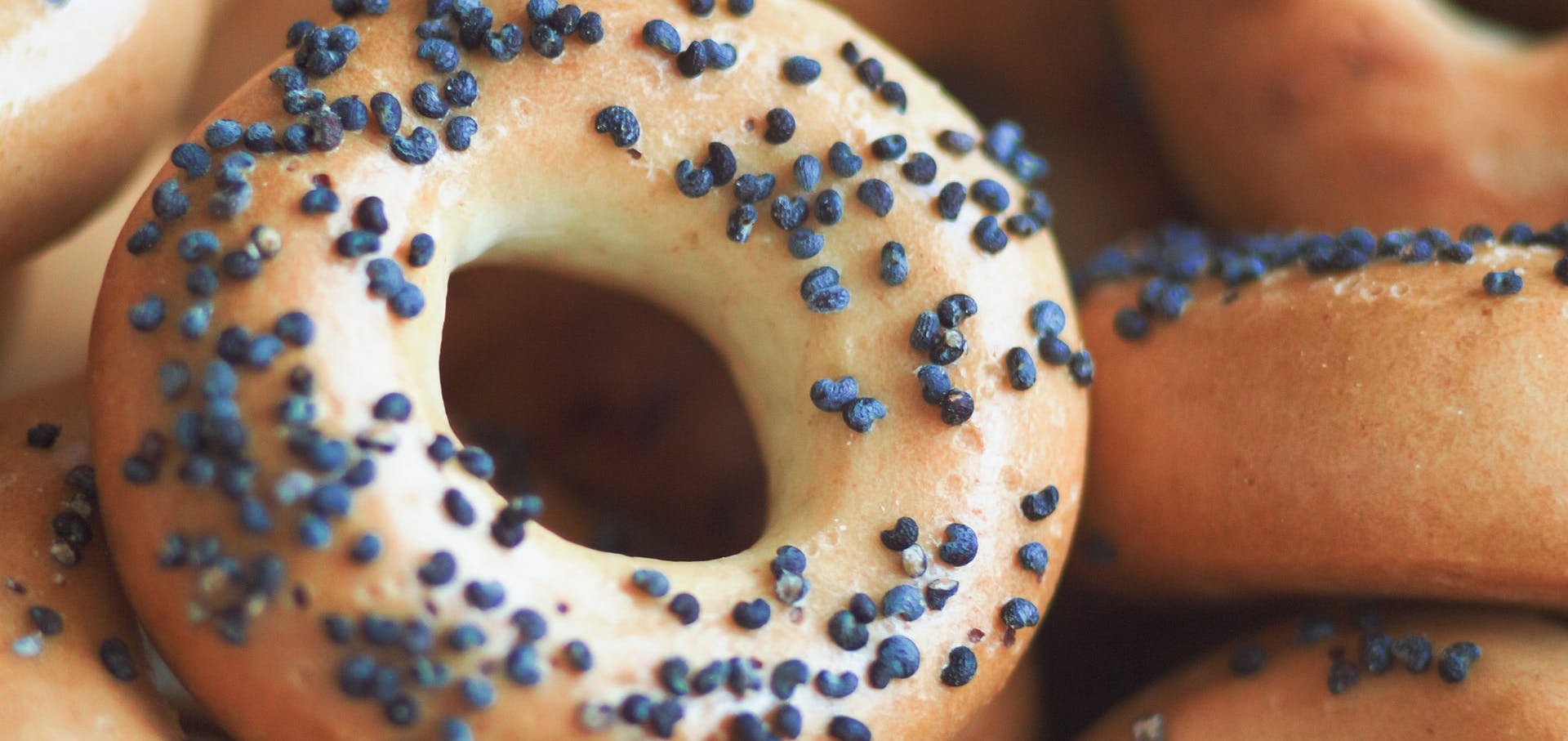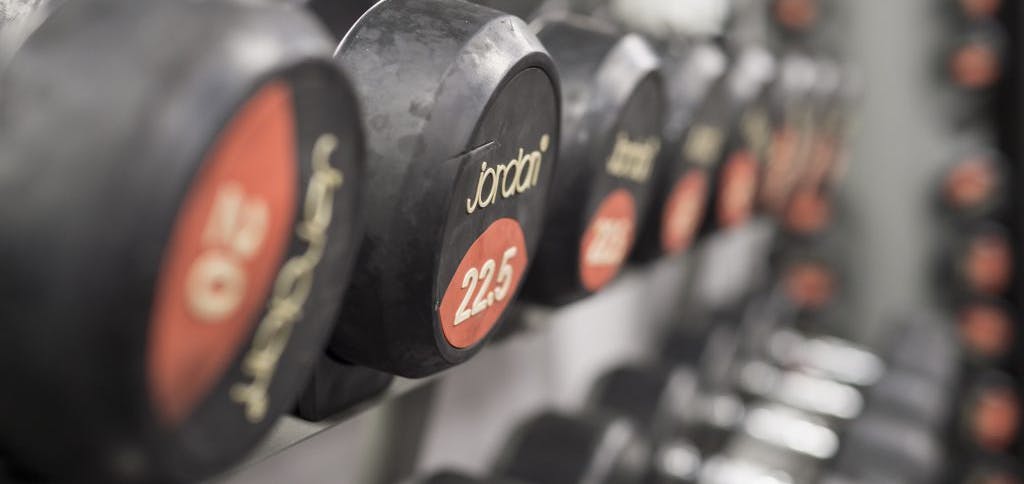Welcome to part two of our three-part look at macronutrients. Last time out we tackled protein.
For now though, we are looking at arguably the most talked about and focused upon topic in nutrition, and the current pantomime villain if you will– carbohydrates (Carbs). It may surprise you, but this is in fact much more of a recent thing. It wasn’t so long ago that fat was seen as the bad guy of nutrition, and protein the good guy. In recent times though, there’s been a shift, thanks to various “no carb” fad diets like Paelo and Atkins. It’s a trend that is now dominating many fitness regimes, with cheap, carb-rich foods being linked to all sorts of health problems (diabetes, obesity, heart disease - I could go on). But, is this entirely accurate? And if we should eat them, what actually are the best carb sources for a healthy adult? Buckle in then, and let’s take a closer look….
Before we look too much into the role carbs play in our current culture, let’s have a look at what a carbohydrate actually is and what it does (the boring science bit). Firstly, carbs have a lot of functions but are ultimately sent to the liver and muscles, or used as fuel. In fact, they are often seen as the primary source of energy in the body, though this is not always the case (it depends on what the body is actually doing at that time). The more intense the activity though, the more carbs tend to be used. But remember, and this is important – not all carbs are the same!
So, what actually is a carb? Well, there are 3 types – simple carbs (known as sugar), complex carbs (known as starch), and non-starch polysaccharides (known as fibre). All carbs are made up of something called saccharides. Simple carbs, as the name suggests, are the most basic, and tend to contain one or two units of sugar made from glucose, fructose and galactose in various combinations. Good examples here, and by good I mean healthy, are fruits. On the less healthy side, you have things like fizzy drinks, biscuits, cakes etc (refined carbs). An important thing to point out with simple carbs is this – they cannot be released and efficiently used without specific vitamins and minerals. Fruits provide their own vitamins to aid this, whereas refined carbs (your cakes, biscuits etc - more on these later) do not.
Complex carbs differ from simple carbs in that they contain much more glucose and have multiple molecules. Unrefined (healthier) options include vegetables, pulses, whole grain protects, quinoa etc. The far less healthy, refined products include your white breads, white pastas, and again biscuits, cakes etc. We will be talking about the effects refined carbs can have on you shortly, but it is worth noting immediately that the difference between eating refined and unrefined is large (refined meaning, just to be clear, the process in which the food has been made resulting in most of its nutritional value is removed, eg vitamins, fibre, healthy oils, etc).
Last up of the carb types is fibre, which is essentially indigestible plant material. This is found in grains, beans, fruit and vegetables. This helps with the digestion of food by bulking it up. We won’t go into too much detail here, but it’s worth noting all the same that fibre is important for a healthy lifestyle. If you are getting enough unrefined carbs, you are likely getting enough fibre.
Right then, if you’re still with me, that’s the basic science out of the way. Let’s move on to why this knowledge is important to you and your health.
In modern society, carb addiction is a real thing. Carb-rich food is cheap and easy to sell, so despite the dangers of refined carbohydrates, it’s simply good for business for suppliers to sell this to the public. That’s why you will see it pushed everywhere in supermarkets and through TV adverts, with all the negative effects ignored (blame being pushed towards fat is common). It’s simply better for business. This has led to a society of people who just can’t seem to get enough sugar. But surely some carbs are good? And how do we know which to eat?
I personally like to look at carbs on a scale and urge my clients to do so also. It’s a simple, 3 category system of placing the carb you are eating from the good end, middle ground, and bad. And it’s actually very simple to do. The good category is your natural, vitamin-filled carbs. This includes leafy greens, coloured vegetables and fruit. The middle ground is where you place your whole grains and legumes – your quinoas, beans etc. These aren’t bad for you but do tend to have a higher number of calories, but are still not to be completely avoided (these, on the plus side, tend to have a higher protein content than other carb sources, for example). Then comes your bad carbs. This is anything refined, and I would go as far as to place any potato-based food in there as well, despite potato being a natural food. This is the category you should avoid as much as possible. Crisps, fizzy drinks, pizzas – basically the most advertised things on TV, and those which tend to be the nation's favourite snacks! You even need to watch out for little refined additives in what appear to be healthy foods and drink, eg flavoured syrups in coffee. Although advertised as low in calories, they have the same effect as all refined sugar. They have no nutritional value, yet have been known to affect hormones that not only induce hunger (leading to more snacking), but also slow down our metabolism.
While on the topic of hormones, let’s take a quick diversion to discuss the big one that is linked to carb intake – insulin. How exactly does this work? It’s actually very simple. Whenever you eat a carbohydrate, whether refined or not, the amount of sugar in your blood increases. There are cells in your pancreas that recognise this, and its response is to release insulin into the bloodstream. Insulins' job is to escort the sugar into various cells in your body. If the sugar level is too high for your cells to hold it all, the insulin instead delivers the sugar to fat cells, where it is converted and stored as body fat. Essentially, insulin is keeping the level of sugar in the blood from getting too high (which, if it does get high, is linked to various negative effects and diseases). This is why you may see some diabetes sufferers actually inject insulin when their blood sugar level is too high – it’s to effectively escort the sugar into cells and out of the blood.
So why is this relevant to refined carbs? Simply because the incredibly high amount of sugar in refined carbs leads to extremely high levels of insulin being continuously pumped out. This excess insulin will, over time, cause your cells to become resistant to it as your blood is filled with both sugar and insulin. This will cause your blood sugar to rise and stay at extremely high levels as it’s not being escorted appropriately into cells. There are many health consequences of becoming resistant to insulin – diabetes, heart disease, obesity, liver disease. Not only is it bad for your weight loss goals – it’s bad for your whole body’s health!
Don’t panic too soon though if you fear you may have some insulin resistance. This can be fixed. Cut out the refined carbs and add more exercise. With time you can set your body back to normal.
Now that we’ve looked at some science and gone through what carbs we should and shouldn’t eat, only one big question remains. How many carbs should you actually be aiming to eat? Honestly, as with most things, it’s down to the individual - there really is no one size fits all. Some people process them quicker and can get away with eating a shed load without gaining anything, whereas some will naturally store them as fat right away. It’s a case of experimenting and adjusting your intake based on how your body reacts. As mentioned in the previous article regarding protein, get your protein number correct first and then play around with the number of carbs and fats you look to hit (there's some advice on specific grams of protein in said article). I personally look to get between 20-30% of my daily calories in as carbs, for example, but base the actual grams and calories around the protein I'm aiming to take. I make sure I hit the protein, and play around with carbs according to how my body reacts (how I feel, how my training is going, how my weight is, how I look etc). Carbs are then the first adjustment I would make if something isn't quite right, whether that means eating more (eg I have less energy in training) or eating less (eg I'm storing excess weight).
One thing is almost for certain in most cases – if you want to lose weight, reducing carb intake is vital (in particular processed/refined carbs). First start by replacing your pasta, rice, etc with beans and vegetables. If you are still struggling to lose weight, drop the beans and replace them with further leafy greens (non-starchy). Some diets will have you eating absolutely zero carbs. I would never recommend this. You can’t go forever without eating carbs, and once you start eating them again after having cut them out entirely, your body will automatically store more of them as fat as it’s a nutrition source it hasn’t had for a while. Additionally, they remain a great source of energy for your body, especially when training hard and at high intensity. Stick to unrefined carbs and don’t overdo the portion sizes and you can’t go too wrong.
Probably the hardest part of any weight loss journey is eliminating refined sugars (yes, even harder than doing those 100s of burpees your trainer insists you must do). However, like with most challenges, it gets easier with time. Gradually your cravings will lessen, the snacks and “cheat days” will get less and less, and you will notice the changes. My advice – stay focused on the end goal and how great that will feel, and stick it out! If you are aware of how bad refined sugar is for you, and how much of a negative effect it will have on your goal, you’ll soon start to realise it’s not worth it for a few seconds of pleasure with a sugary snack.
So there we have it. You should now know all the basics about the modern-day villain of nutrition – carbohydrates! Hopefully, you will be in a better position now to get the carbs correct, along with the protein levels we spoke about in the previous article. That leaves us just one more macronutrient to tackle, and it’s an often misunderstood one. Next up then, it’s time for that big “F” word that people try to avoid…….fat!





